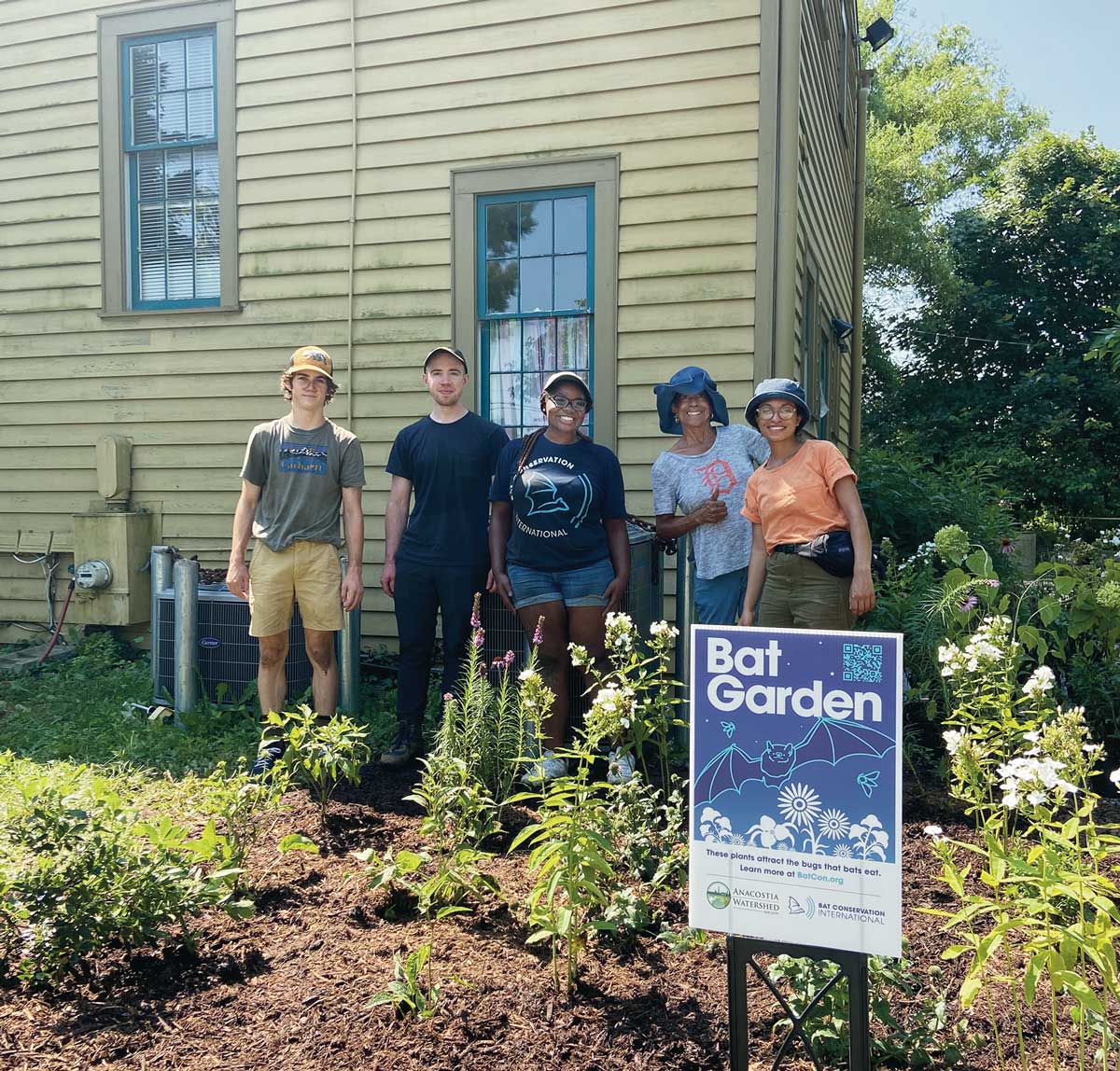
Gardening for Bats


The “Guide to Gardening for Bats” provides helpful tips, ranging from the types of plants that attract the most nighttime pollinators to ideas on what to do with dead trees on your property.
Gardening tips
Erin Cord, BCI’s Community Engagement Manager, says this general guide is a way for people to learn how to make their yards friendlier for bats and wildlife. While there are more guides in development, such as ones that specify which types of plants are ideal for certain regions, Cord says that in general, light-colored blooms that attract nighttime pollinators are ideal for bats.
If possible, dead trees are good to keep around because they provide a home for both roosting bats and insects. Adding water sources, bat houses, and reducing light pollution can also make a yard enticing to any bats passing by.
Projects around the country
“We’re trying to see what’s working and what’s not to help us make our plant list for this area of Central Texas,” Cord says. It has been a hot and dry summer, making it difficult for some of the plants to survive. Purple coneflowers and goldenrod are two plants that pollinators enjoy that have also done well in the heat.
Another pilot bat garden was planted recently in Maryland through a partnership with the Anacostia Watershed Society in hopes of expanding the list of bat-enticing plants for that region of the country.
Cord says there are more plans for pilot gardens in the near future. In Austin, a landscape architect has drawn up plans for a garden that will be planted at the headquarters of the nonprofit Austin Youth River Watch. The architect has helped choose appropriate plants for the area and youth volunteers will be painting recycled tires to use for garden edging.
Currently, Cord is working on expanding “Guide to Gardening for Bats” material available on the BCI website and will continue to seek out more garden planting projects. “We’re trying to grow the program one garden at a time, as well as looking for supportive partners who are willing to let us plant what we think will work and go from there,” Cord says.